Daily Current Affairs | March 1 2025 |
Important Topics from March 1 2025 Current Affairs 1) MISHTI Scheme for Mangroves 2) VIKISIT Bharat @ 2047 3) Aditya L1 Mission 4) Jahan-e-Khusrau Festival
Jumbo IAS
3/1/20254 min read
1) MISHTI Scheme


What is in the News
Gujarat has emerged as the national leader in mangrove afforestation, covering 19,020 hectares in just two years under the Centre’s ‘MISHTI’ scheme.
MISHTI Scheme - Mangrove Initiative for Shoreline Habitats Tangible Incomes.
The scheme was launched in the Budget of 2023-24, to expand India’s mangrove cover and enhance coastal resilience, from 2023-28
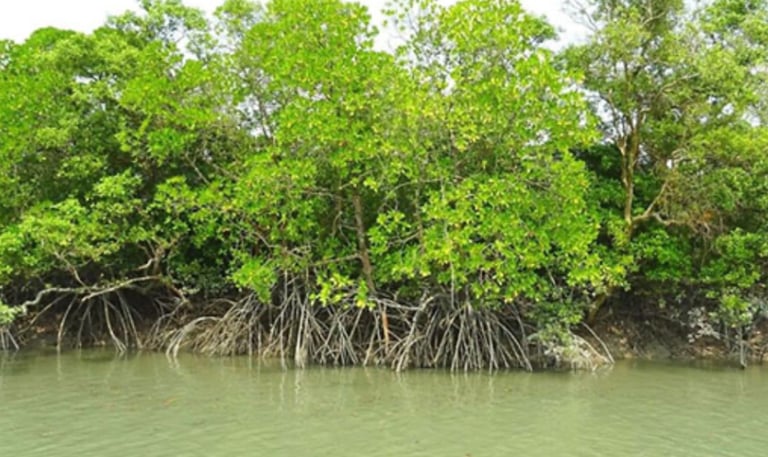

Key Features of MISHTI Scheme
Covers 540 sq km of mangrove expansion across 9 coastal states and 4 Union Territories.
Promotes sustainable income sources(fisheries & tourism) for coastal populations.
Strengthens shoreline protection against storms and rising sea levels.
Supports India’s commitments under Mangrove Alliance for Climate launched at UNFCCC CoP 27, Egypt.
Mangroves in India
India contributes to nearly half of the total mangrove cover in South Asia.
West Bengal has the highest percentage of mangrove cover in India, mainly because it has Sundarbans, the largest mangrove forest in the world. It is followed by Gujarat and Andaman, and Nicobar islands.
Other states that have mangrove cover are Maharashtra, Odisha, Andhra Pradesh, Tamil Nadu, Goa and Kerala.
Significance -
Mangrove forests can store ten times more carbon per hectare than terrestrial forests.
Mangrove forests act as natural barriers against rising tides and storms.
2) Vikisit Bharat @ 2047
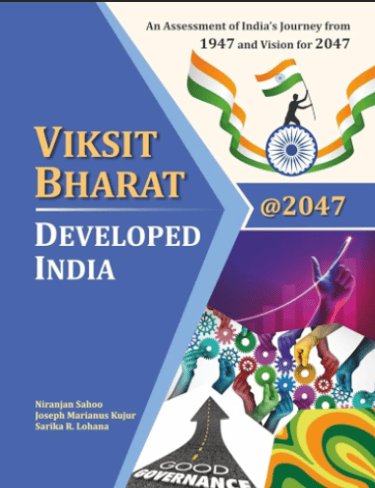

What is in the News
The World Bank report titled 'Economic Memorandum India' highlights that for India to become a high-income country by 2047, its per capita income must grow nearly eight times. current levels.
It also highlighted that to achieve that, India must grow at 7.8% until 2047 to achieve high-income status.

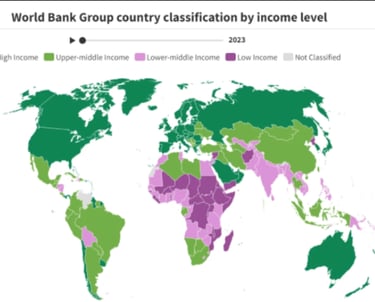
World Bank's Recommendations
Capital Formation - Raise investment from 33.5% to 40% of GDP by 2035. Ease FDI norms and MSME credit access.
Labour Force Participation Rate(LFPR) - Increase from 56.4% to 65% with focus on Female LFPR.
Structural Transformation - Reduce agriculture employment from 45%, simplify labor regulations and enhance Global Value Chain (GVC) participation.
Geographical Equity - Support less developed states in education, health & infra and industrialised states to deepen reforms.
Classification of Countries Based on Income
For the current 2025 fiscal year, low-income economies are defined as those with a GNI per capita, calculated using the World Bank Atlas method, of $1,145 or less in 2023;
Lower middle-income economies are those with a GNI per capita between $1,146 and $4,515;
Upper middle-income economies are those with a GNI per capita between $4,516 and $14,005;
High-income economies are those with more than a GNI per capita of $14,005.
3) Aditya L1 Mission


What is in the News
India’s first dedicated space based solar mission, Aditya-L1, has made a ground-breaking observation as one of its scientific payloads[Solar Ultraviolet Imaging Telescope(SUIT)] has captured the first-ever image of a solar flare ‘kernel’ in the lower solar atmosphere.
Solar Flares - Sudden bursts of highly energetic particles from the Sun’s atmosphere, caused by magnetic field interactions. These can disrupt satellite communications and power grids on Earth.
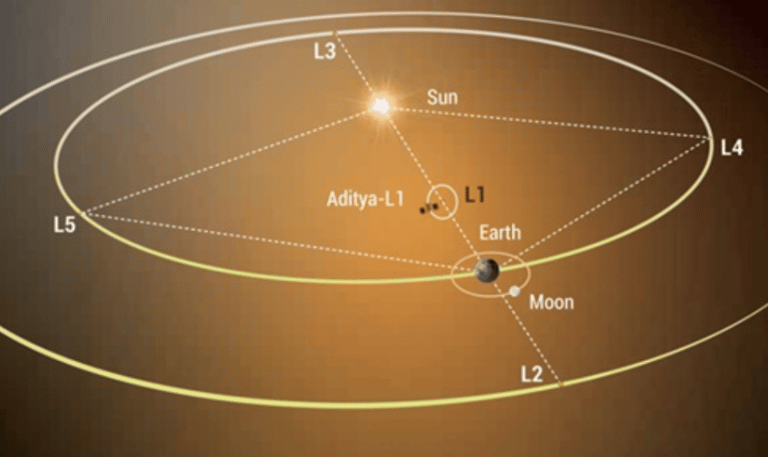

About Aditya L-1
India’s first space-based solar mission launched on September 2, 2023, aboard PSLV C-57 rocket.
Positioned at Lagrange Point L1, about 1.5 million km from Earth, enabling continuous solar observation without eclipses.
Lagrange Point - Lagrangian points are points of equilibrium due to gravitational influence of two massive orbiting bodies(in this case Sun & Earth).
Instruments Aboard Aditya L1
SUIT (Solar Ultraviolet Imaging Telescope) : Captures UV images of the lower solar atmosphere.
SoLEXS (Solar Low Energy X-ray Spectrometer)
HEL1OS (High Energy L1 Orbiting X-ray Spectrometer) : Monitors solar X-ray emissions to detect flares.
Significance of L1 point - It is a point between Earth and Sun that allows continuous observation of Sun.
4) Jahan-e-Khusrau Festival

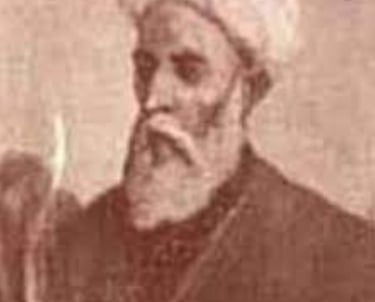
What is in the News
In his address to the 25th edition of Jahan-e-Khusrau at New Delhi, PM Modi described the annual music festival that commemorates the Sufi poet-musician Amir Khusrau as imbued with the “fragrance of the soil of Hindustan”.
Bestowed with the sobriquet of Tuti-yi-Hind, the ‘Parrot of India’, the 13th century mystic is seen as a father figure for North India’s syncretic Ganga-Jamuni culture.
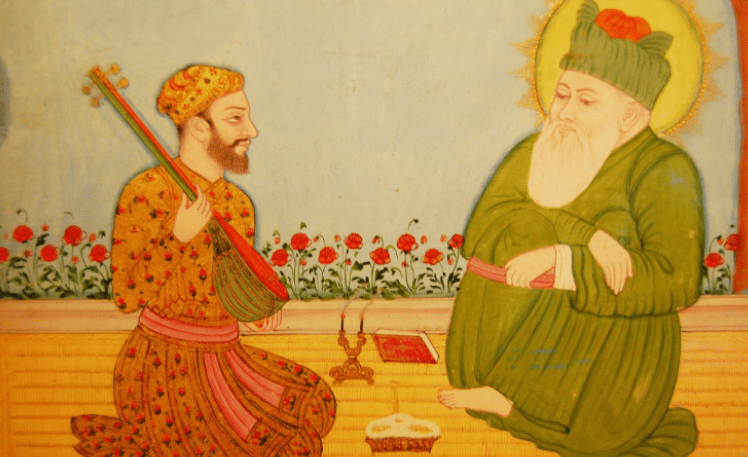

About Amir Khusrau
He was a 13th-century Persian and Hindavi poet, musician, and scholar who lived from 1253 to 1325 CE, during the Delhi Sultanate.
He Served under five Delhi Sultans: Muizuddin Qaiqabad, Jalaluddin Khalji (bestowed the title Amir), Alauddin Khalji, Qutbuddin Mubarak Shah and Ghiyasuddin Tughlaq.
He was a disciple of Sufi saint Nizamuddin Auliya.
His Contributions
Literary :
Wrote in Persian and Hindavi, blending Turkic, Persian, and Indian cultural influences.
His works include Masnavi (Nuh Siphir, Qiran-us-Saadain), ghazals, riddles, and folk poetry.
His poetry influenced later Persian, Urdu, and Hindi poets, shaping India’s composite cultural identity.
Music :
Introduced and popularized qawwali, merging Persian, Arabic, and Indian musical traditions.
Credited with crafting several ragas, khayal singing style, and bol-bant in Hindustani classical music.


